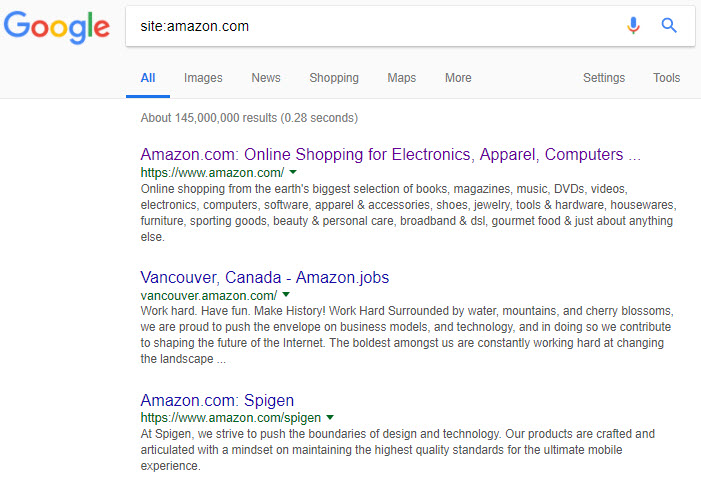It’s spring, and that means it’s time to peer into your site to find the often-overlooked items that drag down natural search performance. Crawlers help you identify all manner of metadata and site errors, as well as the server header status for each page. Your crawl data will show you which pages have the same title tag and meta description. Take special care with the title tags because they are still the single most important on-page SEO element. The only way a non-existent page registers in these tools is if your crawler or Google finds a link to it, attempts to crawl the page, and receives the 404 message. A soft 404 only ensures that both the fake error page and the URL for the broken page will continue to live on in the index. As more and more pages become obsolete over the years, chains of 301 redirects form — one URL redirecting to another, redirecting to another, and so on. Share that report with your developer team and request that the old chain is replaced by a simple redirect from the first URL to the last one. Google’s index, and the indexes of the other search engines, get cluttered with the remnants of obsolete pages. Identify pages that are performing poorly, and that should be driving much higher natural search performance.
It’s spring, and that means it’s time to peer into your site to find the often-overlooked items that drag down natural search performance. In our homes, we tend to put off cleaning the closets, dusting the baseboards, and clearing the spider webs out of the hard-to-reach places. Similarly, some aspects of search engine optimization we tend to put off for another day.
Today is the day for SEO spring cleaning! These six steps will make your site shine, and boost its natural search performance in the process.
… some aspects of search engine optimization we tend to put off for another day.
6 Spring Cleaning Tips for SEO
Inspect your site. Start the process with a crawl of your site to collect the data you’ll need. Use a crawler such as Deep Crawler (which is especially helpful for sites on Angular, the front-end platform) or Screaming Frog.
Crawlers help you identify all manner of metadata and site errors, as well as the server header status for each page. Each of these data points will identify an area that needs attention.
Eliminate duplicate metadata. Making each title tag and meta description unique is an easy and rewarding place to start. Your crawl data will show you which pages have the same title tag and meta description. Simply write new ones for the metadata that are the same.
Take special care with the title tags because they are still the single most important on-page SEO element. Each title tag should be unique, begin with the most valuable keyword themes, and end with your site or brand name — all maxed out at around 65 characters.
Meta descriptions, while not a ranking factor, affect click-through rates from the search results to your site. They can reach over 300 characters in Google’s search results, but many are still truncated at about 155 characters. To be safe, include your major keywords themes and call to action in the first 155 characters, and embellish in the latter 150 characters.
While you’re at it, kill the meta keywords. They haven’t been used in rankings or had any other SEO value in the last nine years. Check to see if your internal site search engine uses them. If yes, ask your developers to remove them from your content management system and your site.
Redirect broken links. In addition to your crawler data, the Crawl Errors report in Google Search Console — Search Console > Crawl > Crawl Errors — is an excellent place to collect data around pages that need to be redirected. Both will tell you…

COMMENTS